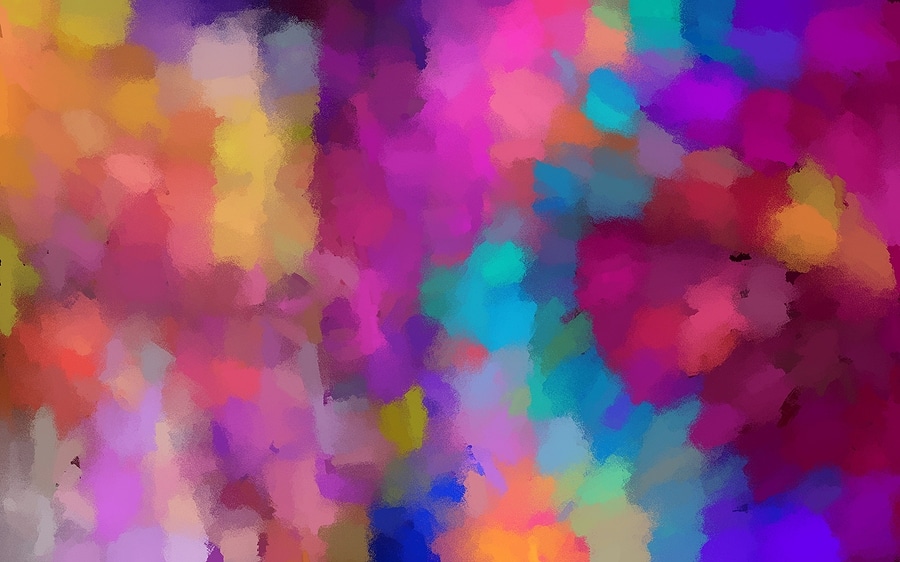The history of art and the history of technology have been constantly interwoven, and despite somewhat prescriptive cries about the nature of art, this has been the case for centuries.
One of the most fascinating examples of this was how chemist William Henry Perkin attempted to create a synthetic form of the malaria drug quinine and managed to invent a new shade of purple instead.
Continuing this interplay between art, technology and bespoke framing is the contemporary artist Andy Moses, a man fascinated with the connections between the natural and the technological.
Born in Los Angeles in 1982, Andy Moses was a graduate of CalArts, the California Institute of the Arts that is at the centre of the American animation industry and the art world in a manner similar to Goldsmiths’ College in London, the home of the Young British Artists movement.
In a pigment world dominated by the Pantone chart and that has attempted to abstract the process of creating paint as far away from the user as possible, Mr Moses developed a form of painting that took full advantage of chemical reactions, gravity and viscosity.
Part of this came from his experience at CalArts, which in the early 1980s was far more concerned with visual arts and declared painting a “dead” art, which was palpably untrue and Mr Moses’ work almost openly laughed at the fundamentally ridiculous assertion.
The results were works such as Alchemist’s Notes to Modern Chemistry, a combination of acrylic and alkyd paints on a silkscreen print that created a powerful sense of chaos emanating from an almost-glowing wound.
Throughout Mr Moses’ career, this concept of exploring the inner workings of the paint mixtures artists use would endure, more interested in art that documents the results of artistic and chemical experiments rather than working with a set goal in mind.
This gives his pieces a sense of dynamism, chaos and narrative that is not always found in painting traditions too preoccupied with formalism.
